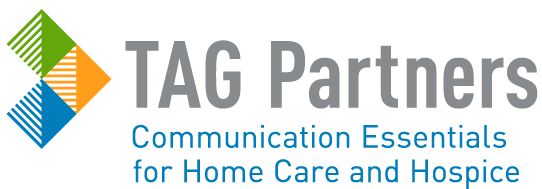Home is where the heart is, and home health cares for your heart at home. There is no better way to start off the new year than by promoting heart health and your agency’s role in caring for those with heart disease.
Plan now so you can hit the ground running in February when heart month kicks off:
Join the Go Red for Women movement: https://www.goredforwomen.org/
Go red for National Wear Red Day: https://www.nhlbi.nih.gov/health-topics/education-and-awareness/heart-month/wear-red-day
Get your staff and referral partners in gear for a Cycle Nation event: https://www2.heart.org/site/SPageServer/?pagename=cn_home
Take part in You’re the Cure: https://www.yourethecure.org/
Register your team for 2020 America’s Greatest Heart Run and Walk: https://www2.heart.org/site/TR/?fr_id=4961&pg=entry
Include heart health in your company blogs and social media posts: https://healthfinder.gov/nho/februarytoolkit.aspx#tweets
Plan a heart healthy potluck for staff and referral partners: https://www.heart.org/en/healthy-living/healthy-eating/eat-smart/nutrition-basics/aha-diet-and-lifestyle-recommendations
Stock up on heart disease information brochures to promote your agency and the services your offer: https://www.tagwebstore.com/health-care-flyers.php
Let your track record do your marketing for you. Highlight your Home Health Compare Scores when calling on cardiologists and referring physicians: https://www.tagwebstore.com/patient-outcomes-physicians.php
Home health care provides multiple benefits for recovering heart patients and those suffering with chronic heart failure (CHF). Stay in front of your referral sources all year long, and never be empty handed. Visit TAGwebstore.com for all your home health and hospice print media.


